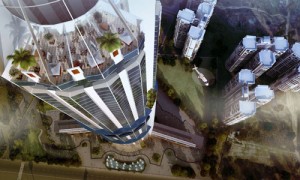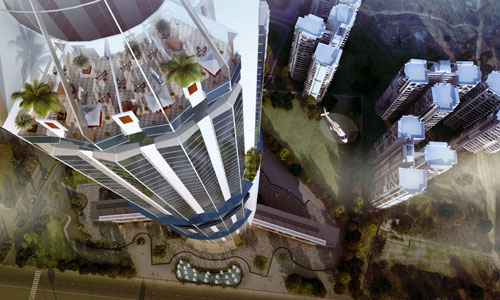 Track2Realty Exclusive: India, although not by plan, is experiencing a boom in once relatively obscure cities. Its rising urban centers are not confined to four metro cities or Bangalore and Ahmedabad, and load on urban land and overall infrastructure demands India must take learnings from global experience of redevelopment.
Track2Realty Exclusive: India, although not by plan, is experiencing a boom in once relatively obscure cities. Its rising urban centers are not confined to four metro cities or Bangalore and Ahmedabad, and load on urban land and overall infrastructure demands India must take learnings from global experience of redevelopment.
The new DCR (Development Control Rules) in Mumbai is a step in that direction. However, Track2Realty observes challenges are beyond policy ambiguities and part of that challenge has to do with neighbourhood resistance to change and increased density.
In many developed cities across the world, sprawl is becoming a significant issue. Despite substantial capital support for downtown revitalization and favourable zoning densities, these cities face considerable resistance from its residents. These cities, however, find a way out. Can India replicate the model?
India needs to take learnings from the global experience as the evolution of cities is a protean process–and never more so than now. With people flocking to the cities in general and metropolitan areas in particular, while the developed global cities have added holistically to rapidly rising urban areas, many others have been witness to declining cities. It is not necessarily to look up to global centers like New York, London, Paris, Hong Kong or Tokyo, which have dominated urban rankings for a generation as the cities of the future.
Cities that have achieved prominence in the past 20 years such as Seoul, Shanghai, Singapore, Beijing, Sydney, Toronto, Houston and Dallas-Fort can well indicate a road map. Why can’t the massive, largely dysfunctional megacities like the Mumbai, Delhi, Mexico City, Dhaka, that are among planet’s most populous today, get a facelift? These are bigger, no doubt, but size often does not mean better if it is not holistically planned.
Some urban planning experts believe India must take learning from the interior Chinese cities. Renowned architect Adam Mayer recently said some of the micro markets of Chinese cities offer a healthy alternative to coastal megacities such as Shanghai, Hong Kong, Shenzen and Guangzhou, which suffer from congestion, high prices and increasingly wide class disparities.
China’s bold urban diversification strategy hinges both on forging new transportation links and nurturing businesses in these interior cities. For example, in Chengdu, capital of the Sichuan province, new plane, road and rail connections are tying the city to both coastal China and the rest of the world. And the city is abuzz with redevelopment process, including an increasing concentration of high-tech firms such as Dell and Cisco.
…..to be continued





